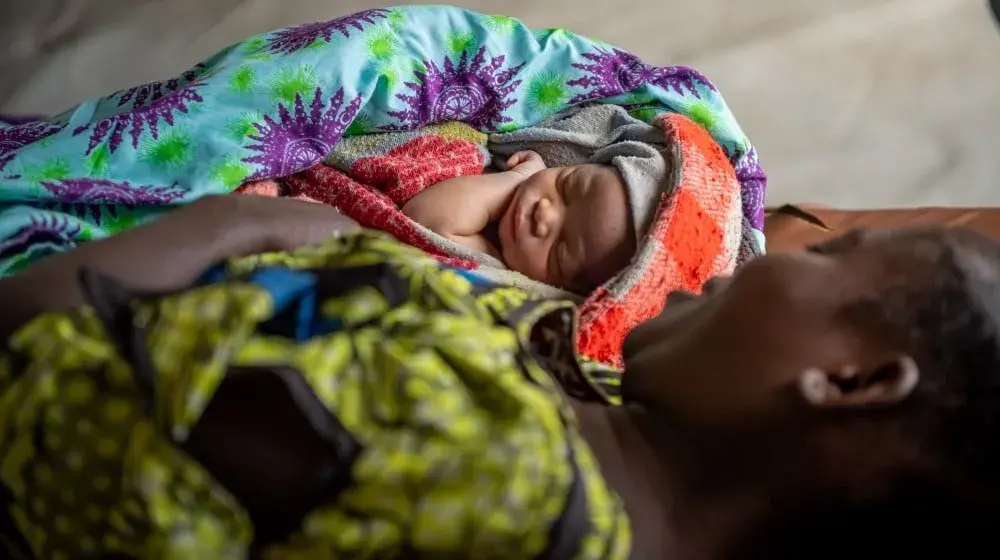Namibia’s population grew at an average annual rate of 1,5 per cent from 2001 to 2011, or from 1.8 million to 2.1 million people. This was announced last week during the release of the preliminary results of the 2011 Housing Census, the country’s third census since independence, by the National Planning Commission (NPC). The release of the final census report is anticipated in 2014.
This population growth rate figure is four per cent lower than expected – however, it is “good” and “manageable” in comparison to the country’s economic growth, which has averaged 4,7 per cent over the past decade, said NPC Director General Tom Alweendo.
The preliminary report was the first in a series of reports to be released from the 2011 census, he said. It provides preliminary population counts by male and female according to region and constituency. Of the 2.1 million people, 51 per cent were female and 49 per cent male.
Dr. Lawrence Mgbangson, UNFPA Acting Representative for Namibia, said at the event that successful data collection and processing for the census is an important accomplishment. He commended the NPC and the Namibian Government on the work it has done in this regards. Mgbangson added that the next steps, which include the analysis, dissemination and utilization of the data, were “even more important since they will lay the foundation of the socio-economic development of the country for years to come.”
The Namibia 2011 Housing Census enumeration phase was carried out successfully from 28 August to 15 September 2011. All people were counted according to where and how they spent the census reference night. The census was conducted in accordance with the United Nations principles and recommendations of the 2010 Round of Population and Housing censuses. It was the third census conducted after independence, following the previous ones in 1991 and 2001.
http://www.republikein.com.na/politiek-en-nasionale/stad-en-dorpe-bars-uit-hul-nate.146247.php





